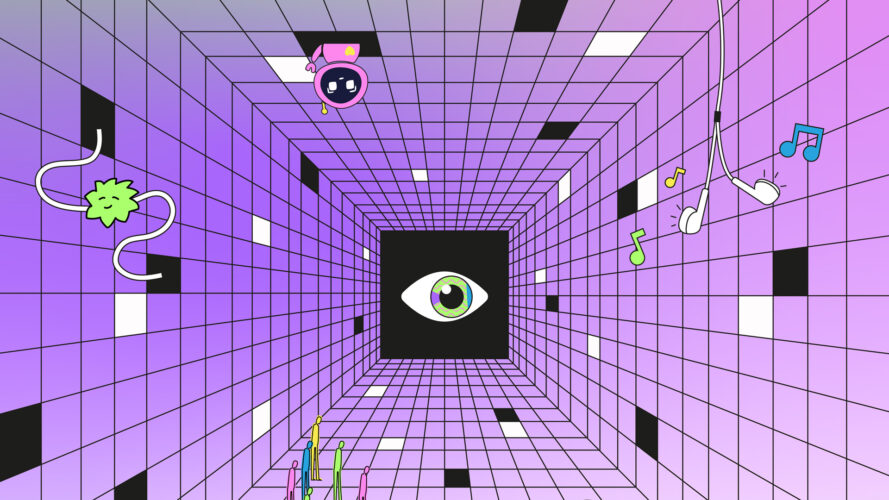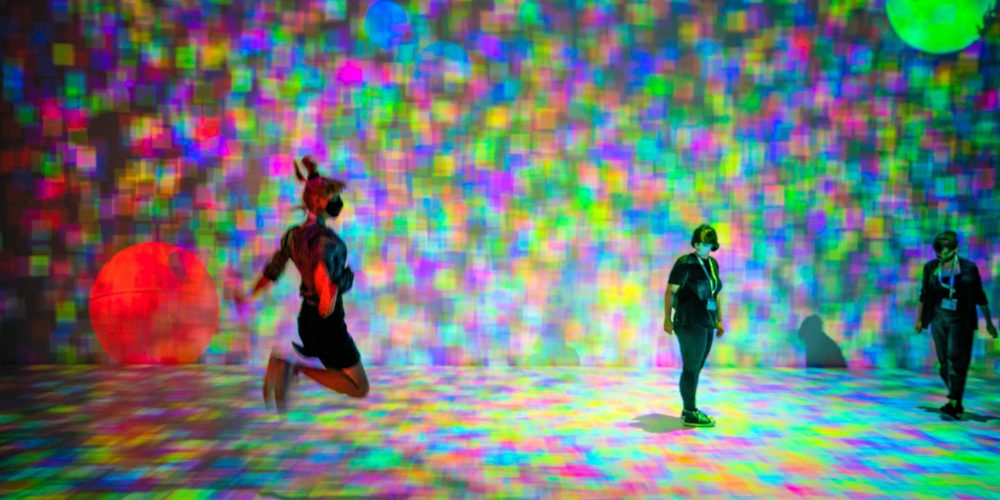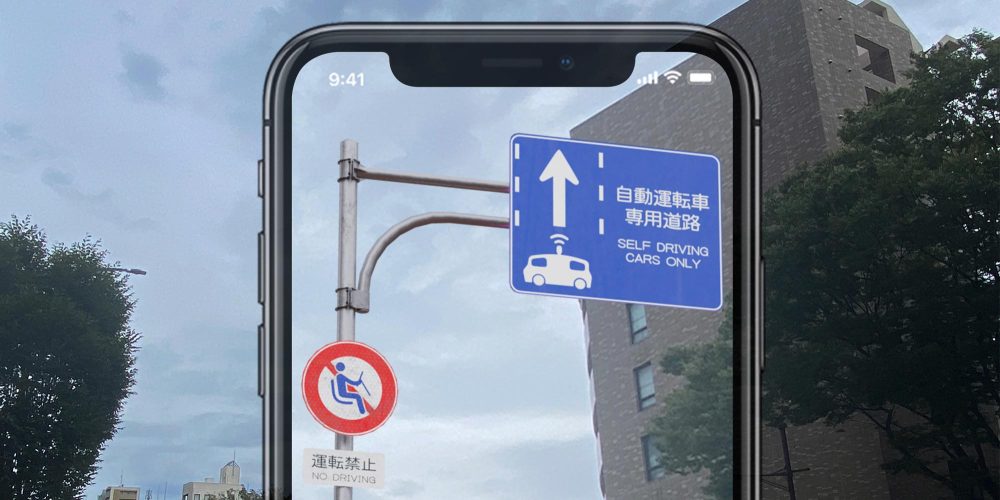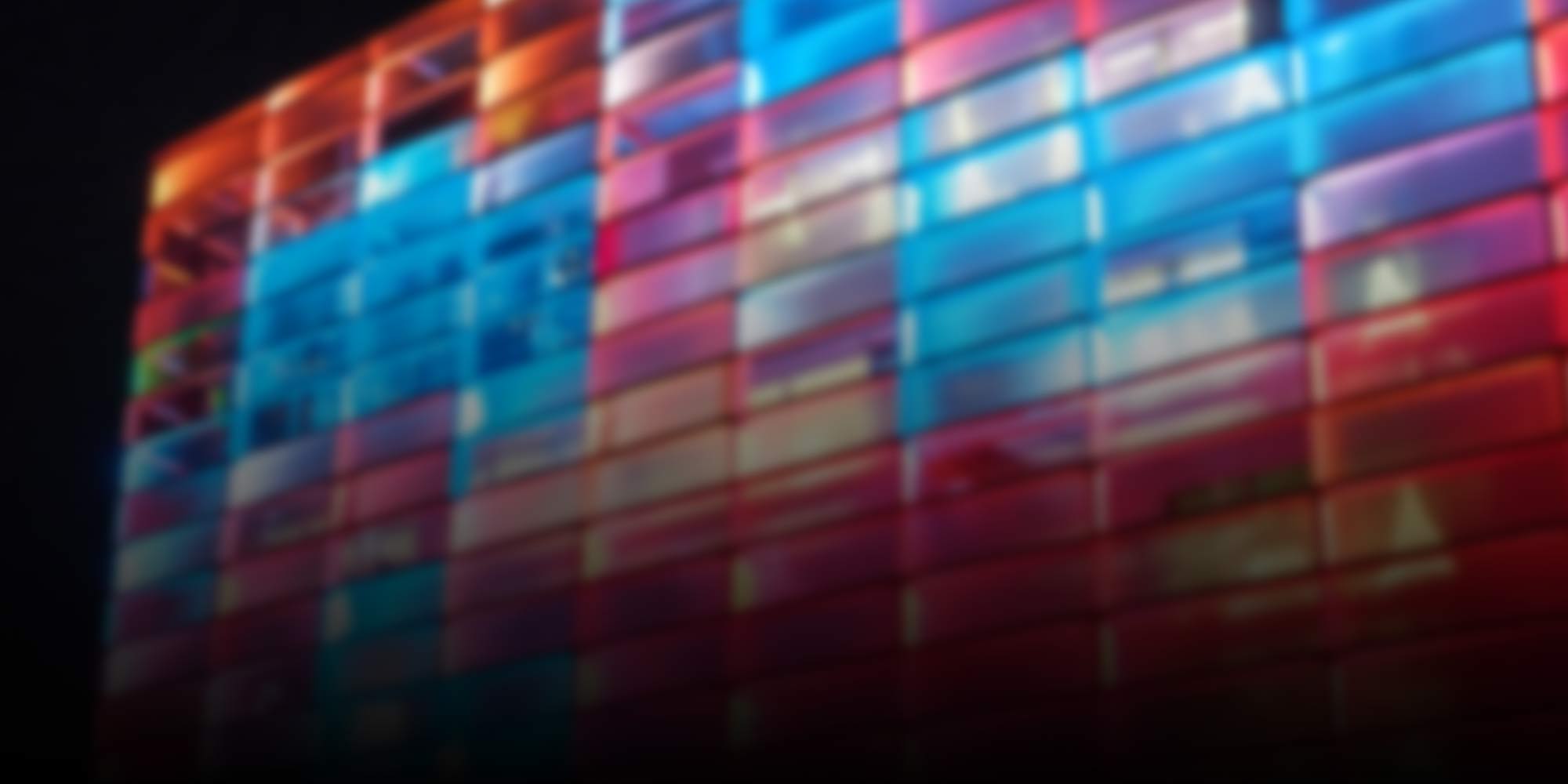
Interactive Art
-

Cutting Edge: Hands-on drone art
In this issue, Horst Hörtner presents a project that shows how art, technology, and participation can come together: the Klangwolke 2012, in which swarms of drones were used for the first time and thousands of people became part of the production.
-
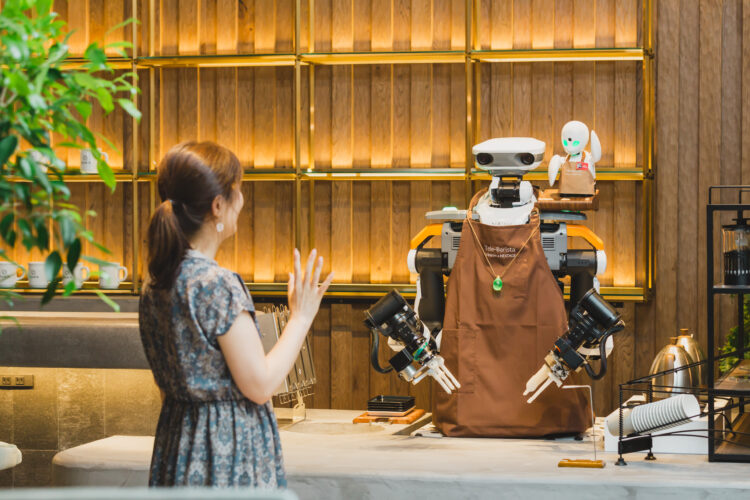
Cutting Edge: Avatars of Humanity
“Cutting Edge” is a new blog series in which Ars Electronica team members present outstanding artistic projects. In the first edition, Gerfried Stocker introduces a project that shows how technology can create closeness: In the ‘Avatar Robot Café,’ people with severe physical disabilities are integrated into everyday working life via robots.
-
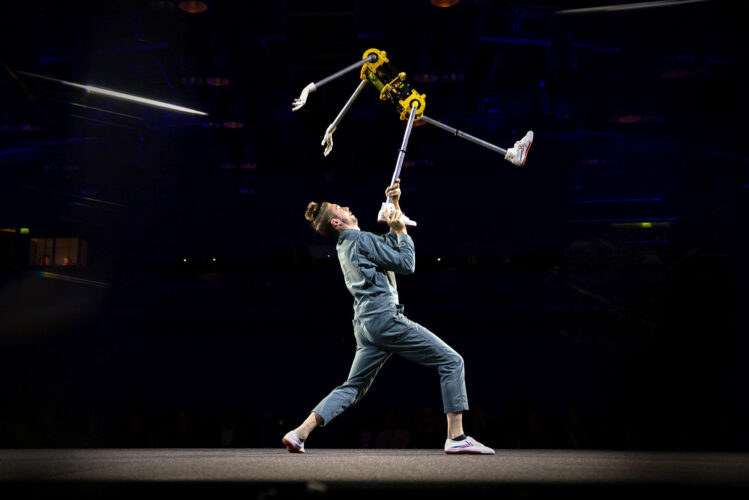
A record: More than 112,000 visits to Ars Electronica 2024
Once again, the Ars Electronica Festival has shown what it is all about: creating space, time and an atmosphere in which people can exchange ideas and inspire each other.
-
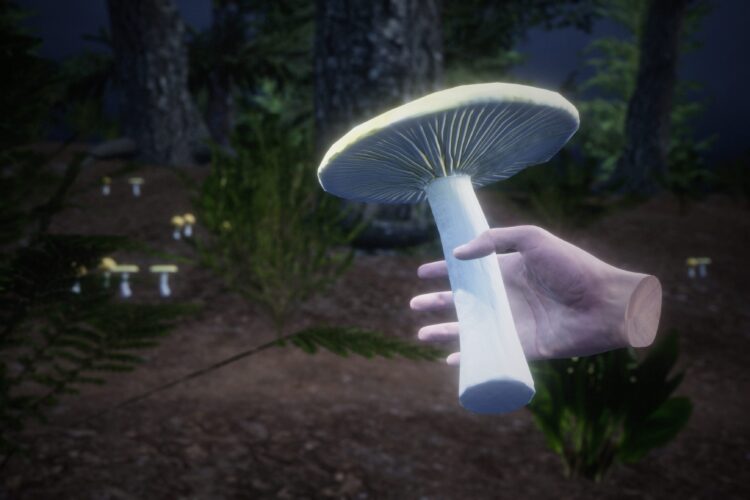
Virtuality meets reality: XR projects at the Ars Electronica Festival
The exhibition „Applied Virtualities: Extended Reality in Practice“ shows how XR technologies are opening up new paths and poses important questions about the future of our digital world.
-
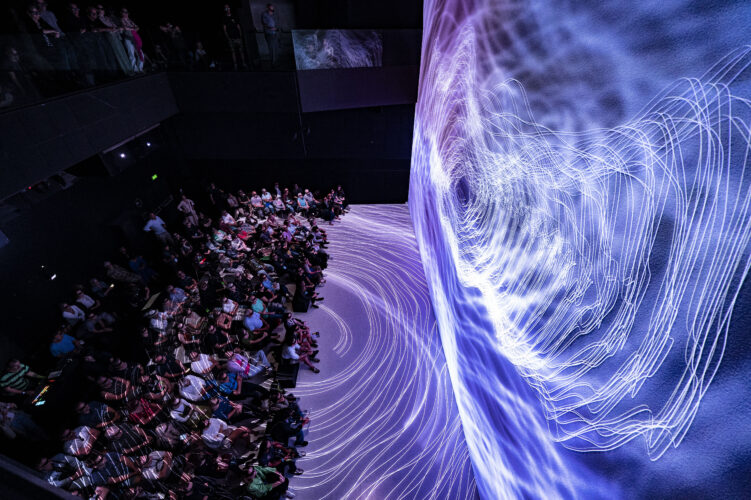
Exploring the world in Deep Space 8K
During the Ars Electronica Festival, numerous highlights will be presented in Deep Space 8K, promising inspiration, interaction and information.
-
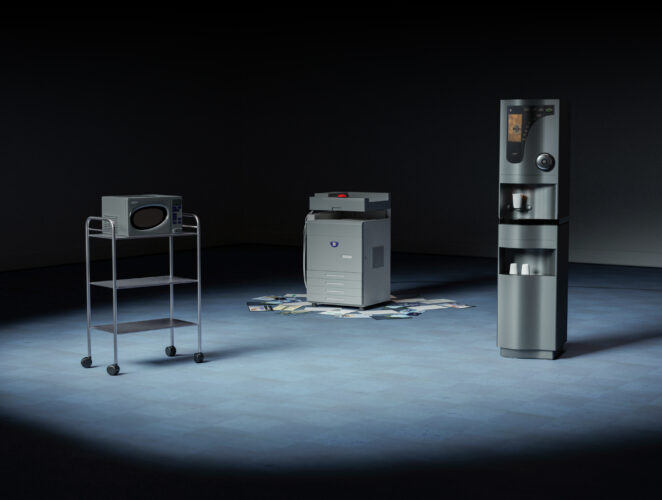
Prix Ars Electronica 2024: a question of the mindset
The Prix Ars Electronica exhibition is considered one of the highlights of the Ars Electronica Festival program. We were able to take a look behind the scenes and discovered some innovations as well as projects from the archive.
-
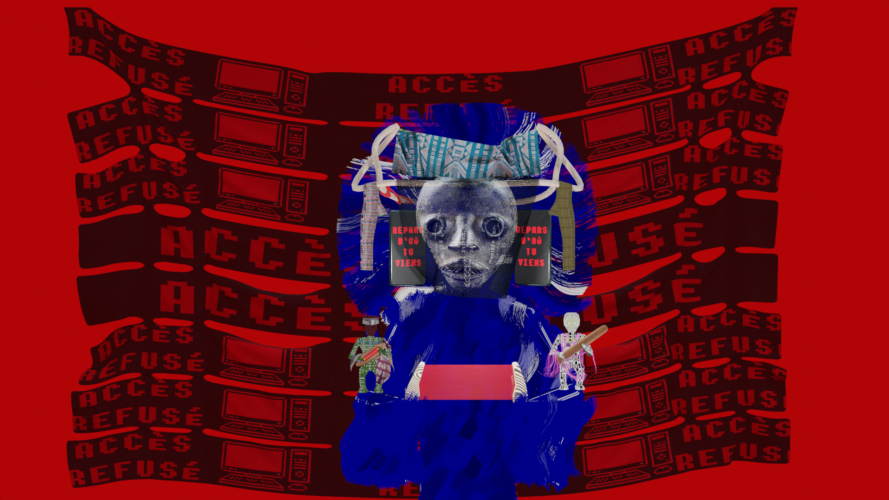
A Story of Arrangement
“You are part of a huge weave, that you cannot ignore anymore.” When you enter Diane Cescutti’s website and her work, you enter the world of weaving.
-
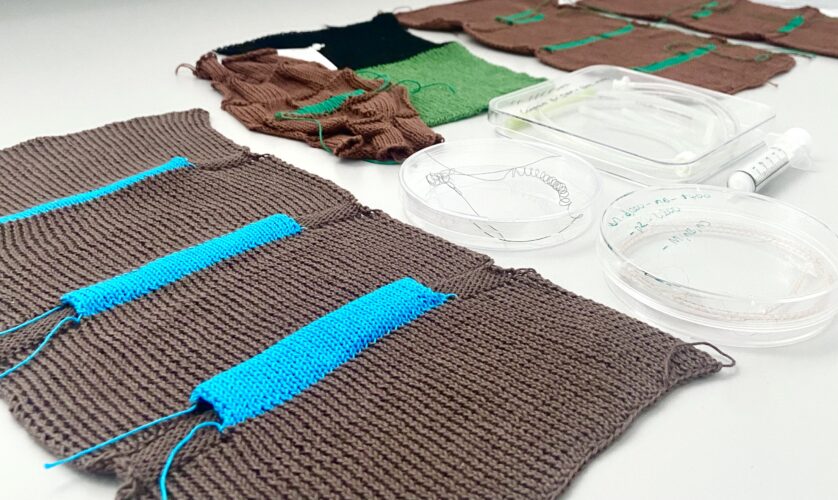
Rethinking clothing with knitting, origami, and Magic Girls
Material research meets design: Lingxiao Luo shows how programmable, sustainable clothing interacts with its wearers.
-
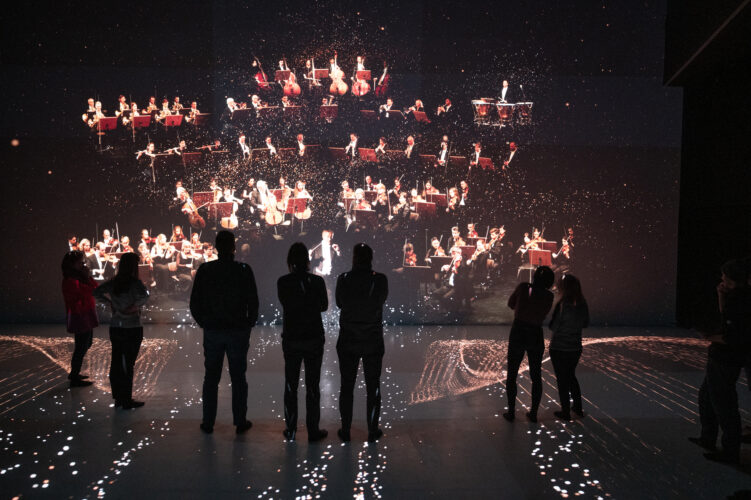
200 Years of Anton Bruckner: Music meets the latest Technologies
Upper Austria celebrates 200 years of Anton Bruckner in 2024. From February, you can experience the world of the famous composer in an unprecedented way at the Ars Electronica Centre!
-
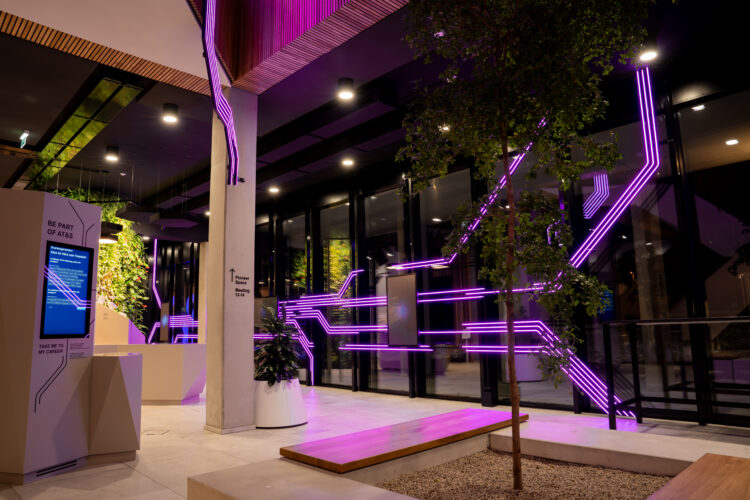
High-tech meets nervous system
A new installation by the Ars Electronica Futurelab decodes the complex world of microelectronics.
-
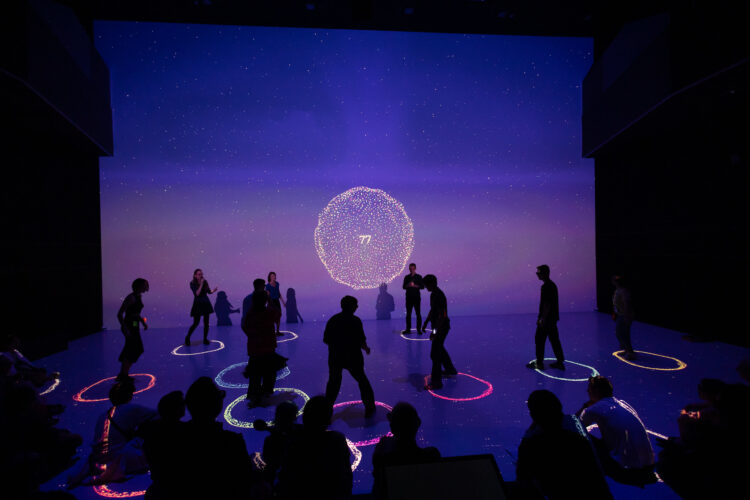
Watch the best of Futurelab 2023
Exciting and innovative, playful and informative: 2023 has marked another year of unique projects for the public by the Ars Electronica Futurelab and its partners.
-
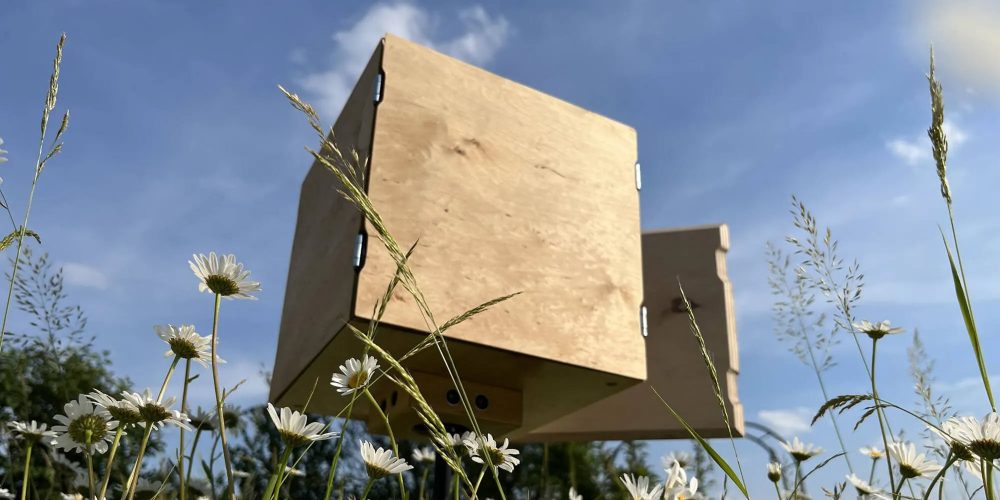
TIME OUT .12 – Timebased and Interactive Media Arts meets Ars Electronica
Interactive installations, film experiments, visual & sonic arts, applications for Deep Space 8K and performances: TIME OUT .12 opens on WED 11/22/2023 with young media art from Linz.
-
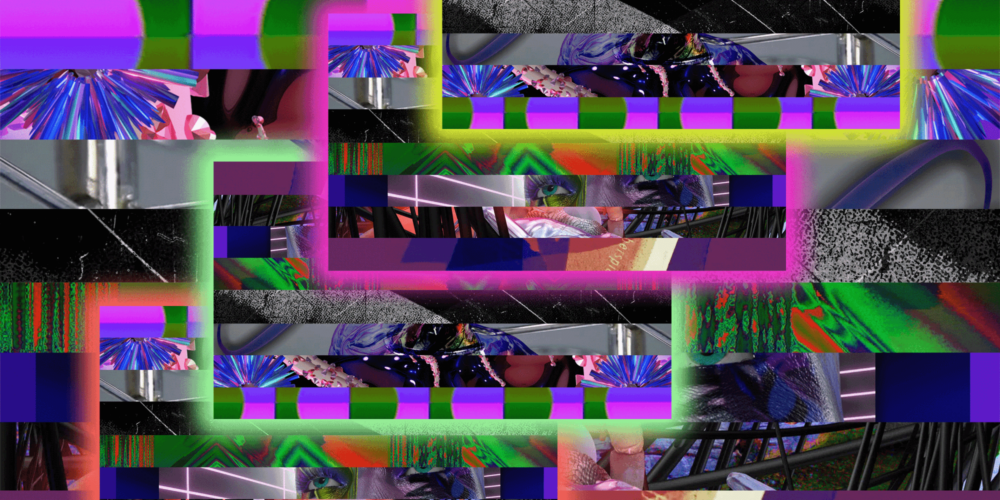
As an International Collective Towards the Future
In the anniversary year of the University of Arts Linz, the Campus Exhibition once again invites visitors to reflect and admire many international contributions and original, contemporary as well as inspiring works.
-
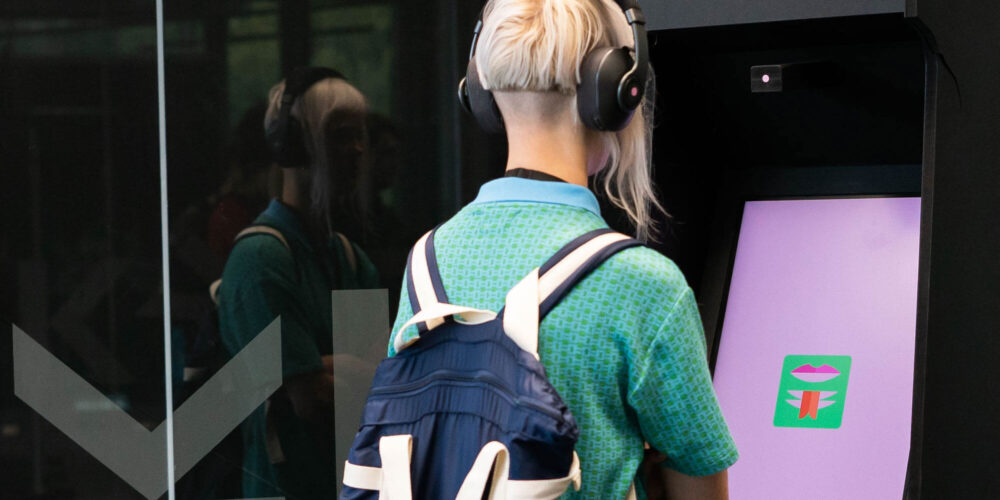
Humanity in-between Videogames and Neurofeedback
With 5 interactive installations, Belgian artist Roel Heremans makes the ethical framework for innovation in our society playfully tangible.
-
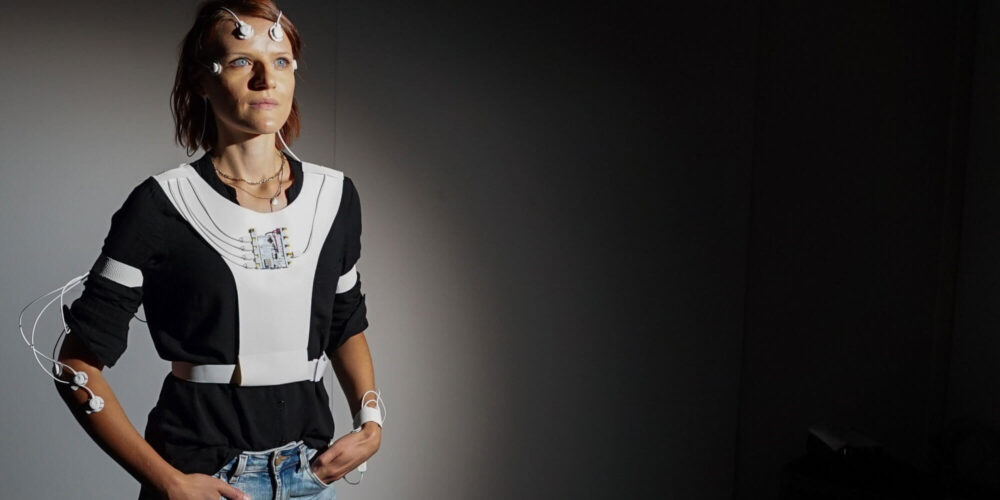
Life Ink: On the trail of creativity
Opening at the Ars Electronica Festival 2022: The brand-new Life Ink exhibition aims to explore the secrets of creativity.
-
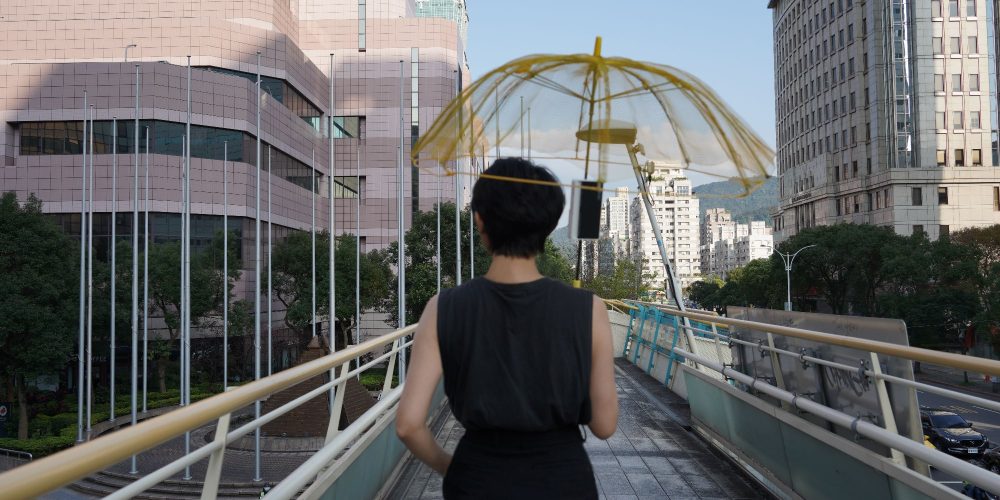
How to “resist like bacteria”
Find out what we can learn from bacteria and why the future lies in collaborative resistance through the artists behind the project “Bi0film.net – Resist like Bacteria”.
-
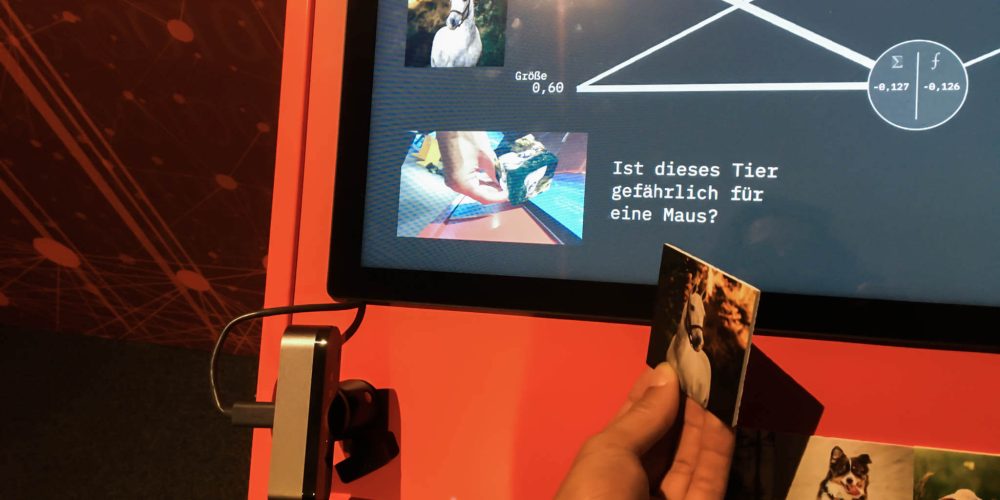
Mission AI – Experience. Understand. Co-create.
Hardly any other technology currently leaves us as perplexed as artificial intelligence. The exhibition “Mission AI” at the Deutsches Museum Bonn now also conveys a deep understanding.
-
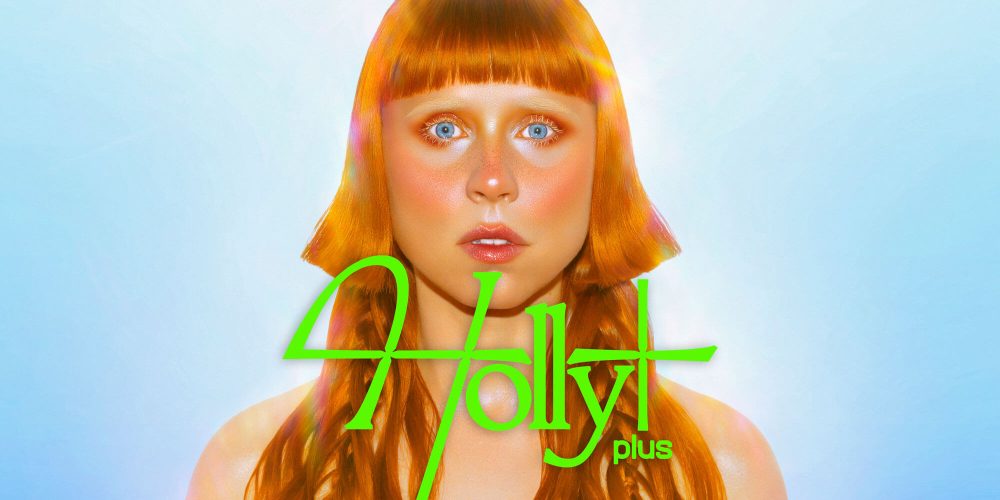
Holly+: Come and sing like Holly Herndon!
“It takes a village to create something special” and Holly Herndon and her team have succeeded in doing just that. In the interview, she presents her machine learning project in more detail, for which she has now received the European Commission’s STARTS Prize 2022.
-
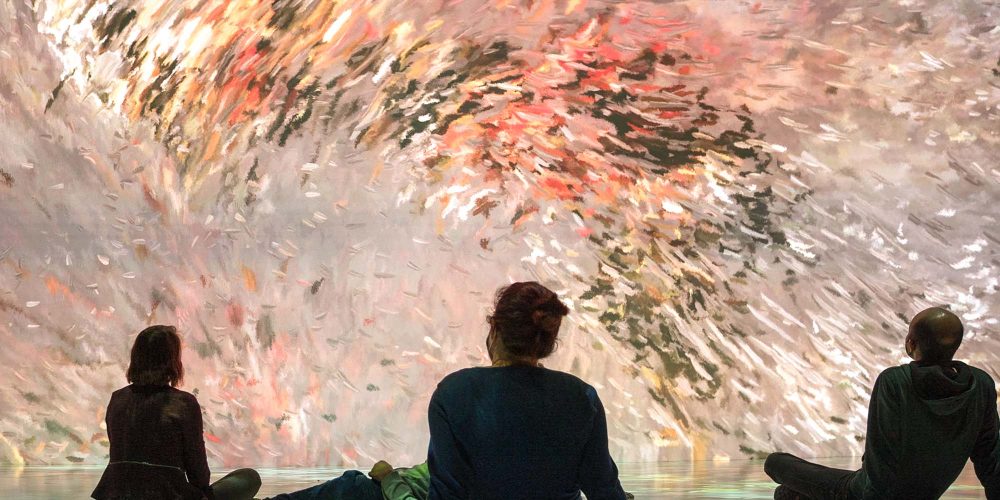
Deep Space EVOLUTION: Transient
Impermanent Paintings in Deep Space 8K: Immerse yourself in audiovisual paintings created in collaboration with generative algorithms.
-

Throwback: Innocence
Innocence was a 2013 work by the Ars Electronica Futurelab dedicated to Linz’s childhood memories of the Passage shopping center.
-

Throwback: The Teleklettergarten
An oversized computer keyboard as a climbing wall on the facade of the Linz Art University. That was the teleclimbing garden.
-
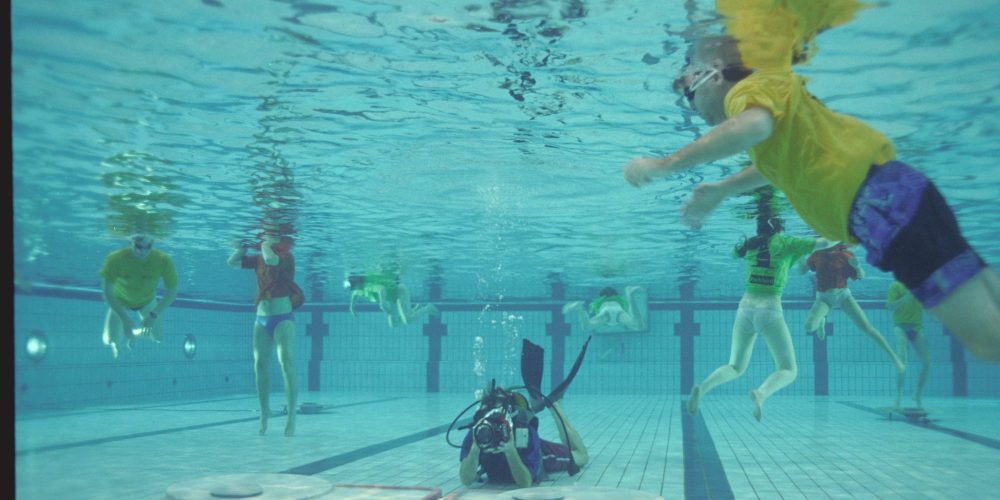
Throwback: Liquid Cities
During the Ars Electronica Festival in 1996, the indoor pool of the Parkbad Linz transformed into a fluid interactive 3D space.
-
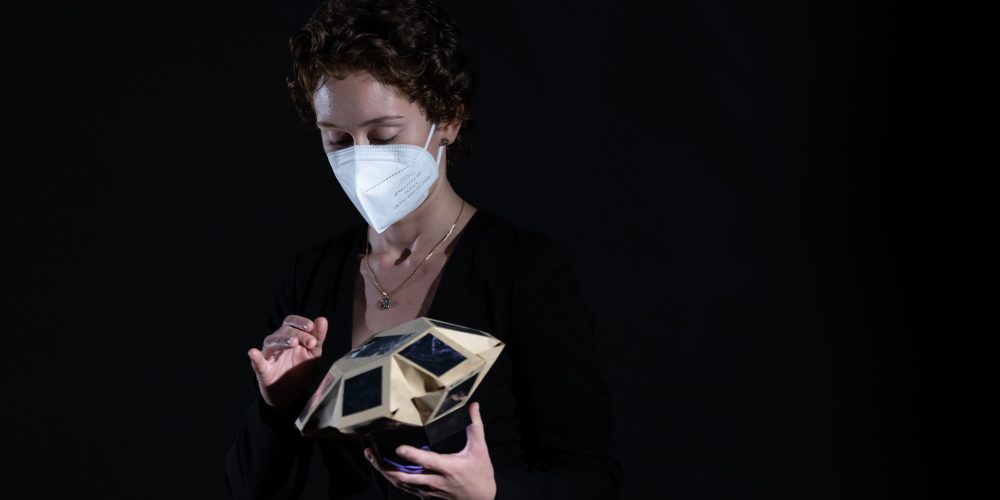
Origami, robotics and a new world of music
How do origami and robotics create music? The Ars Electronica Futurelab’s new video presents the world of oribotic instruments.
-
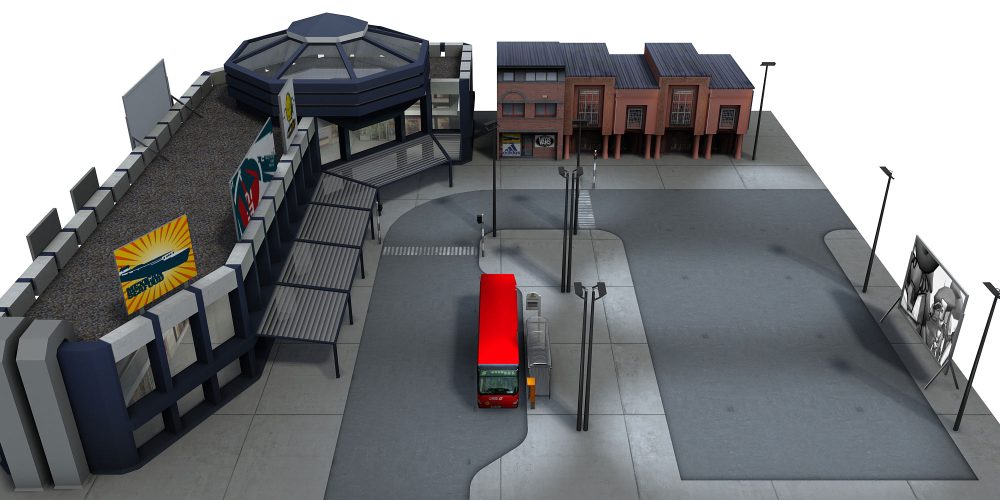
Throwback: City Puzzle
City Puzzle by the Ars Electronica Futurelab was an interactive simulation environment that let you create virtual urban landscapes.
-
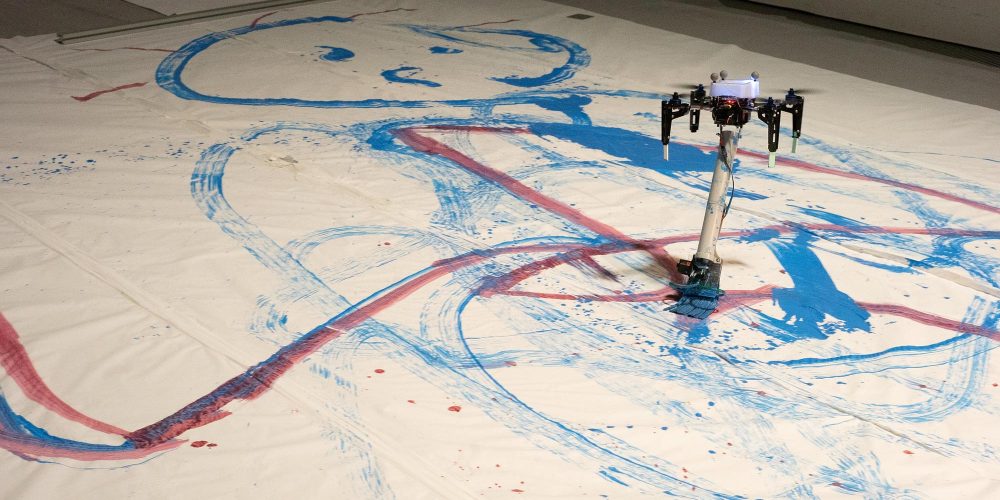
Space Ink – a future of visual arts?
With the Paintbrush painting drone, the Space Ink research project is opening a new chapter in the future of art.
